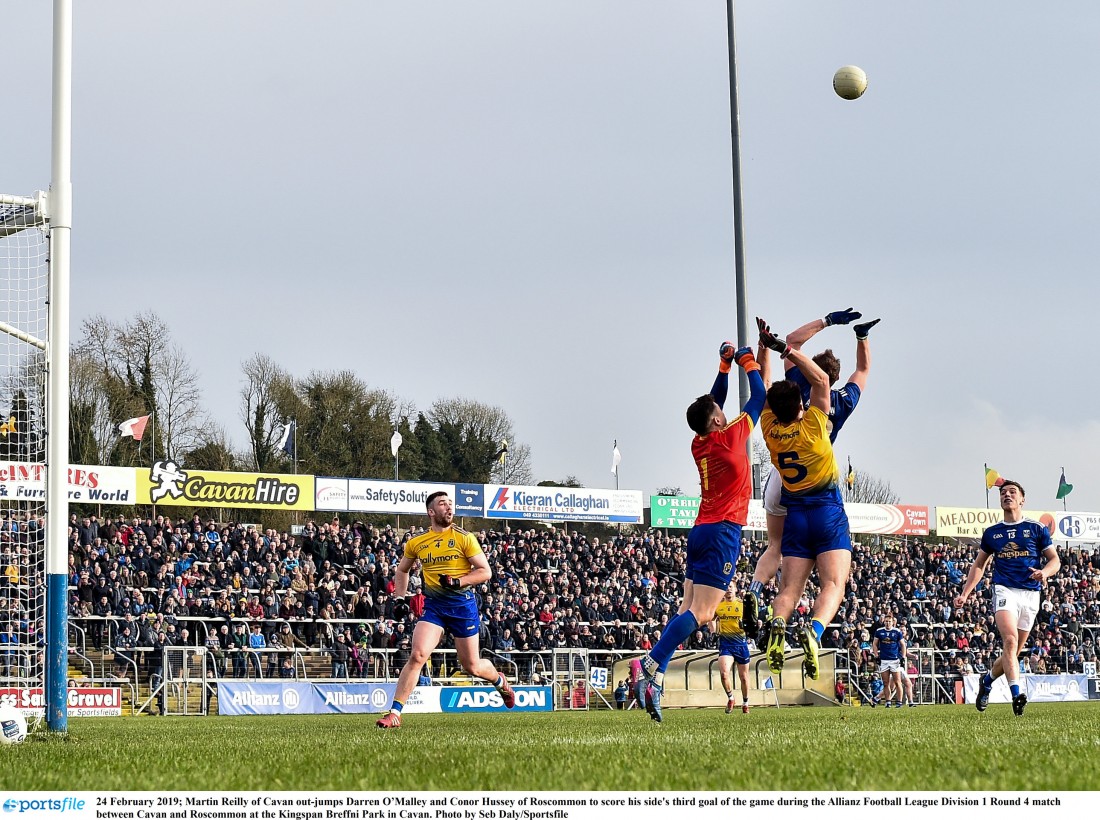TO paraphrase Uncle Ben’s famous line in Spiderman, “With great power comes great….performance.”
He said responsibility, I’m talking the positive impact regular plyometric training can have on your performance.
At the top level pogo hops, marching and bounding have become a regular part of pitch based warm ups but there are still plenty of players not utilising the benefits of adding plyometric exercises into their training program.
The end goal of plyometric training is to improve your capacity to perform fast, powerful movements whilst also conditioning your nervous system to combine with your muscular system faster. In simple terms, with plyometric training you’re training your body to absorb and reproduce force at greater speed, focusing on your ankles ability to be springy.
To be a truly plyometric movement ground contact time must be less than 0.2 seconds. Think of a ball bouncing off the ground. So there is no deep knee bend, there is little heel contact and there are stiff ankles prepping for an instant spring.
I’ve seen things like box jumps labelled as a plyometric exercise in the past and although it can be good for developing power it does it a different way than the more intense working of the stretch-shorten cycle that plyometric movements target.
Because of the high stress load plyometric exercises place on the nervous system the advice is to do them in small amounts regularly as opposed to dedicating long amounts of time working on them sporadically. Keeping your ground contact time under 0.2 seconds is no mean feat and once fatigue starts kicking in that only gets
harder.
With this in mind something I tend to do with my athletes is including some basic plyometric movements within their warm ups, both pitch and gym based.
Along with the mobility flows which aim to get their bodies primed for whatever sort of session is ahead of them I generally include pogos – a stiff legged hop where you’re almost looking to tap the ground with the balls of your feet to create a spring motion – and marching variations.
The A and B skip movement patterns not only help with the stretch-shorten cycle development but also help to reinforce good running mechanics. With marching the coaching cues are often, head up, chest up, toes up, drive with the knee, don’t wait for the floor.
So, for the week that’s in it, if you aren’t doing it already then start to add some marching in to training program along with pogo hops.
Once they become the norm then you’ll hopefully begin to see a quicker change of direction, a sharper burst off
the mark and a more explosive running leap into the sky!
If you’re at any of the Super 8’s games over the next few weeks make sure and keep an eye out for the teams including these movements into the early stages of their warms ups!
► For more training and nutritional advice you can catch me on Instagram, Twitter
and Facebook by simply searching PGthePT.
comment@gaeliclife.com
Receive quality journalism wherever you are, on any device. Keep up to date from the comfort of your own home with a digital subscription.
Any time | Any place | Anywhere












